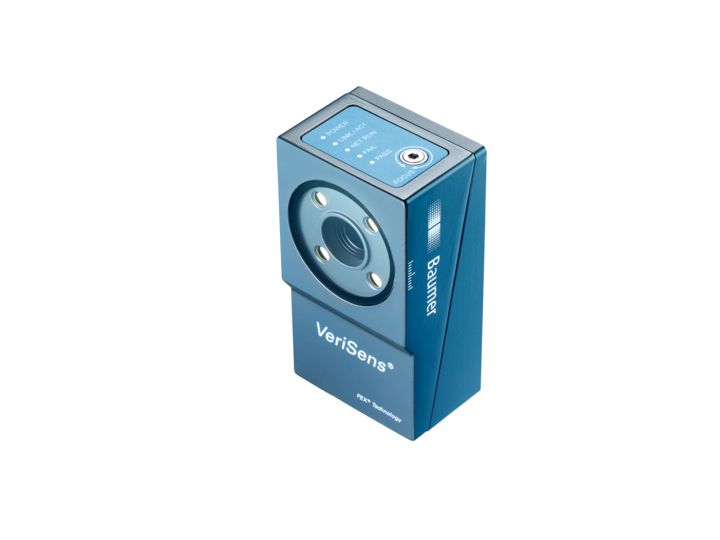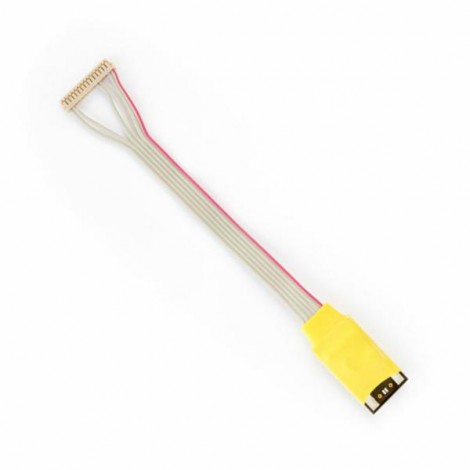Robot Luftwaffen-Eigentum #F60054-5, V2, w/o Finder, body only, Ex- $125.as-is. Robot Luftwaffen-Eigentum #F59448-6, V4, black Tele-Xenar 7.5cm/3.8 L-E. Check Your Serial Number If your D810 is among those affected, please check the tripod socket on the bottom of the camera body. Should the tripod socket have a black dot inside it, like that shown in the photo below, your D810 has already been inspected and the necessary adjustments made to prevent this issue from occurring.
Model of c. 1953
Berning & Co.
Dusseldorf
West Germany
Lens:
f3.5, 3 cm Schneider Xenagon, iris diaphragm to f16. Click stops. Serial no. 3494476 (c. 1953).Shutter:
Rotary sector, speeds 1/2 - 1/500, B. Flash synchronisation.Construction:
Metal body.Format:
48, 24 x 24 mm exposures on 35 mm film held in special cassettes.Focusing:
Fixed.Attributes:
Direct-vision (lens/lens) view-finder adjustable for right-angle viewing.Spring powered motor to advance film, sprocket film advance. Exposure counter to 55. Shutter lock.
Serial Number:
C116078 .The model II appeared in 1939. This example is a later post-war model. The lens is fixed focus.
The spring powered motor can expose 12 frames in one winding, a double spring version was also available for the Model II. Accessories were available for remote release and unattended operation.
References & Notes:
Minit&Cine, 1938, p. 47. Minit&Cine, 1939, p. 132.Further Information:
Lipinski, p. 135. Describes the Robot shutter.| Robot IIa of 1951 image by Uwe Kulick(Image rights) |
The Robot was made by Otto Berning & Co. in Schwelm, Westphalia. This internationally much advertised steel-camera designed by Heinz Kilfitt had two remarkable features, first a modern type of film advance with double exposure lock and coupled shutter cocking, and second a multi-speed kind of rotating shutter from Gauthier, made completely of metal.
Two versions of the Robot were launched in 1935: The Robot 1 and Robot 2, the Robot 1 with this feature: After release for one exposure the shutter was locked until the shutter was cocked and the film advanced with it. Both versions had the following features: The film had to be loaded into one 'K-cassette'. After having made the 50 possible 24x24mm exposures the film was coiled in a second K-cassette.
| Robot Star image by Thomas Kolesnyk(Image rights) |
The Robot shutter was an own category. The cameras were equipped with fine Zeiss or Schneider lenses. The Robot 2's special feature was the most significant for the whole camera series: a strong spring motor for film advance, made by the Black Forest clock maker Baeuerle & Söhne. That allowed to make a series of images in a few seconds. Maybe this feature plus the camera's robust stainless steel body made it one of the prefered cameras of the German army. Especially the German Luftwaffe owned special versions of it with more robust spring motor and a 75mm Xenar lens. The prewar models were equipped with a hybrid finder.
In 1939 the design was changed, with the finder inside the camera top. This design is called the Robot II.
Models
Serial Numbers Microsoft
| Robot II of 1939 image by Patrick Stacey(Image rights) |
1930s:
- Robot
- Robot II
1940s:
- military variant
1950s:
- Robot IIa
- Robot SC Electronic 35
- Robot Junior
- Robot OS 35F
| Luftwaffe Eigentum image by Siim Vahur(Image rights) |
- Robot Recorder
- Robot Royal II/III
- Robot Star
- Robot Vollautomat Star II
later
- Robot Motorrecorder 36
Robot Camera Serial Numbers List
| 1950s' Robot Star without accessory shoe image by Rick Soloway(Image rights) |
| Robot Royal image by Raphael Borges(Image rights) |
The Robot IIa was launched in 1951. It was modified for use with standard 35mm film cartridges. By 1962, the two main models were the Robot Star II and the Robot Royal.
The Robot Star II, taking 24×24mm exposures, has an all-metal Rotor shutter (1/4 to 1/500), a direct vision viewfinder, and a screw mount for interchangeable lenses by Schneider. The standard lens is a Schneider Xenon 40mm f1.9.
Also available was the Robot Star II/50, with a double spring motor for 50 exposures and a Xenar 38mm f2.8 lens.
The Robot Royal has 'Kinographic' capability of 4 or 5 exposures per second. It has a coupled rangefinder, and a choice of eight bayonet-mount interchangeable lenses.
This camera was available in two versions: the Robot Royal 36s has the standard 24×36mm frame size and a Schneider Xenar 45mm f2.8 lens. The Robot Royal 24S has 24×24 mm framesize and a choice among three standard lenses, all by Schneider: Xenar 38mm f2.8, Xenon 40mm f1.9, and Xenar 45mm f2.8.
| Robot Junior image by Philipp Reimann(Image rights) |
Robot cameras were added to professional equipment, for example to microscopes, endoscopes, and ophtalmologic eye-control instruments. In medicine and other sciences the reliable cameras were popular because of the spring motor. Finally the legendary sturdiness of the Robots opened them the market of car-speed control cameras. Example: A Robot Motorrecorder 36 DAP was built into mobile eso µP 80 car-speed control instruments of the police[1].
Serial Numbers
The Robot I has no prefix to the serial number, others are prefixed with a letter as follows:
Robot II - B

Robot II Luftwaffen - F
Robot IIa - C
Robot Star - D
Robot Junior - J
Robot Star II - L (later Robot Star models have a 2 prefix)
Robot Royal Model III - G
Robot Royal 18, 24 - G
Robot Royal Model II - H
Robot Royal 36, 36S - Z
Robot Recorder - K
| Robot ad, Feb 1949 U.S. Camera image by camerawiki(Image rights) |
Notes
- ↑eso µP 80 car-speed control camera system with built-in Robot Motorrecorder 36 DAP
Links
Free Serial Numbers For Software

In German:
Canon Camera Serial Numbers
- The main site about Robot cameras, and direct link to old ad page with many antique ads in English
In English:
- Documents at www.orphancameras.com:
In French:
- Some Robot on www.collection-appareils.fr by Sylvain Halgand
- Robot page at Collection G. Even's site